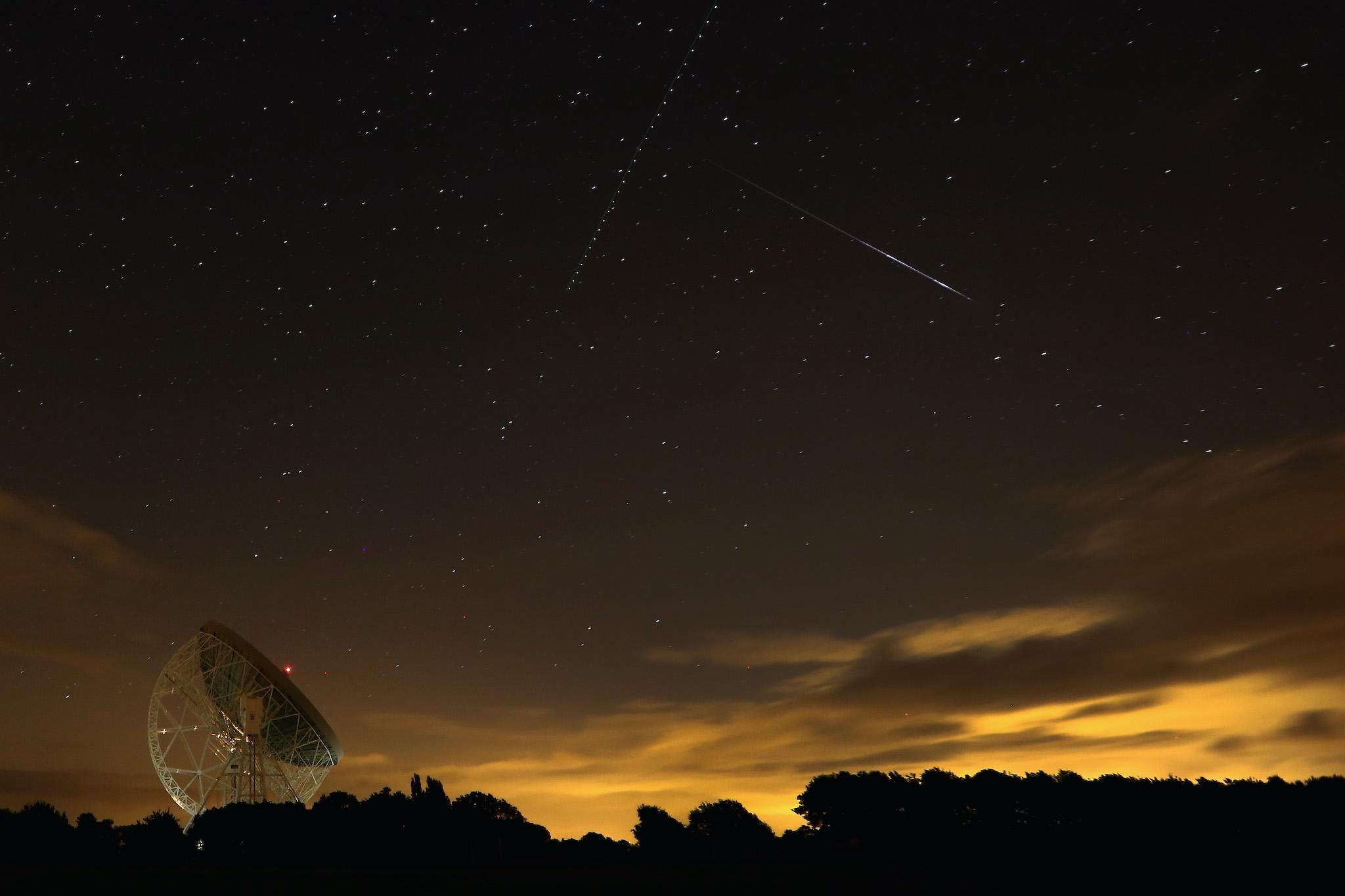Perseids meteor shower tonight: How to see 'shooting star' display as it peaks – and where the spectacular celestial show comes from

Your support helps us to tell the story
From reproductive rights to climate change to Big Tech, The Independent is on the ground when the story is developing. Whether it's investigating the financials of Elon Musk's pro-Trump PAC or producing our latest documentary, 'The A Word', which shines a light on the American women fighting for reproductive rights, we know how important it is to parse out the facts from the messaging.
At such a critical moment in US history, we need reporters on the ground. Your donation allows us to keep sending journalists to speak to both sides of the story.
The Independent is trusted by Americans across the entire political spectrum. And unlike many other quality news outlets, we choose not to lock Americans out of our reporting and analysis with paywalls. We believe quality journalism should be available to everyone, paid for by those who can afford it.
Your support makes all the difference.Earth is flying towards the Perseids meteor shower, offering a spectacle to people looking up to the sky.
The event – which happens at the same time every year, peaking around the evening of Tuesday, 11 August and into the following day – will allow people to see streaking meteors as they shoot across the night sky.
The pieces that make up the Perseids were dropped long ago by Comet Swift-Tuttle, which left behind trail of rubble as it orbited around the Sun. Each year, the Earth flies through those leftovers as it moves through the solar system, colliding as it goes.
When the tiny pieces of debris collide with the Earth's atmosphere, roughly 80 miles in the air, they heat up and create a glow that can be visible from Earth.
The best way to see the show is simply to head out and look up. Experts advise finding somewhere with as little light pollution as possible, lying back on something comfortable, and making sure you leave time to have your eyes acquiant themselves with the darkness of the night sky so that the meteors can be more easily picked out.
It is worth doing so relatively early on: the best time to see it will be after the end of the evening twilight. At that point the point at which the comets emerge in the sky – known as the "radiant", and located in the constellation of Perseus that gives the shower its name – will have risen over the horizon and so the show will begin near the horizon.
Not every meteor visible through the night will necessarily be a Perseid. You can be sure by tracking it back to its origin; if it comes from near Perseus, then it's a Perseid.
But they should be visible from just about anywhere in the sky. As such, it's probably best to try and find them in the dimmest part of the sky, which can probably be found by looking up.
Later on in the evening, the Moon will rise and will overtake the sky so that the dimmer meteors will no longer be visible. But the show runs for nights before and after the peak, during which it should still be visible, if with a smaller number of "shooting stars".
Join our commenting forum
Join thought-provoking conversations, follow other Independent readers and see their replies
Comments